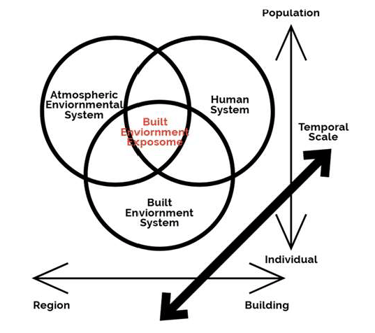
US-Japan Workshop: Re-thinking the Relationship between Built Environment Conditions and Health and Well-being in Changing Climatic, Social, and Technological Contexts
March 28-29, 2024
Tokyo, Japan
Venue: The Nihonbashi Life Science Building (Room 913)
Nihonbashi Honcho, 2-3-11, Chuo-ku, Tokyo, 103-0023
Introduction
Recent structural changes in climatic, social, and technological forces will reshape the future design and engineering of buildings and building systems, offering challenges and opportunities. First, climate change-induced impacts on building design and engineering are becoming increasingly evident and are driving the need for more resilient and healthier built environments, such as sustainable solutions to deal with extreme heat and vector-borne diseases. Secondly, several key social changes reflecting evolving societal values, preferences, and needs will likely shape the built environment in the coming years, such as sustainability, environmental consciousness, and the aging population. Thirdly, precision health, transforming the practice of medicine and the delivery of healthcare, may change our understanding of built environments to meet occupant health & well-being needs and plans to mitigate health injustice. Finally, recent breakthroughs in advanced data analytics, such as artificial intelligence, are poised to transform the building design and engineering field, such as predictive energy management, smart building controls, design optimization, building-to-grid integration, etc. It is thus essential to explore how those structural changes will change our collective understanding of the relationship between built environment conditions and human health and well-being and how advanced data analytics enables the research community to decode the relationship.
The outcomes of this project will elucidate critical knowledge gaps, consequently forming the path for subsequent research into sustainable built environments. Specifically, this project endeavors to discover:
The ramifications of key climatic, societal, and healthcare structural changes on the resilience of existing buildings, infrastructure, and their systems in retaining their designated functions, exploring the resultant implications for prospective design and engineering needs.
The influences of structural changes on humans to sustain and enhance health & well-being within prevailing built environments, deliberating on the inferred repercussions for future built environment design and systemic integrations.
The capabilities of advanced data analytics to assist stakeholders in deciphering intricate relationships and evaluating the merits and constraints of AI applications within this context.
The workshop will assemble participants with interdisciplinary backgrounds aiming to synthesize a shared vision, delineate research questions, and proffer directional recommendations, fostering synergistic advancements in the context of sustainable building design and engineering. This confluence of diverse expertise will catalyze multifaceted insights, driving innovation and intellectual coherence in addressing complex sustainability challenges and human well-being in the built environment
Organization Committee
Chair: Dr. Yimin Zhu, Professor, Louisiana State University, USA
Co-Chiar: Dr. Takahiko Miyazaki, Professor, Kyushu University, Japan
Member: Dr. Jorge González-Cruz, Professor, The State University of New York, Albany USA
Member: Dr. Amirhosein Jafari, Assistant Professor, Louisiana State University, USA
Member: Dr. Zheng O'Neill, Associate Professor, Texas A&M University, USA
Member: Dr. Yong Tao, Professor, Cleveland State University, USA








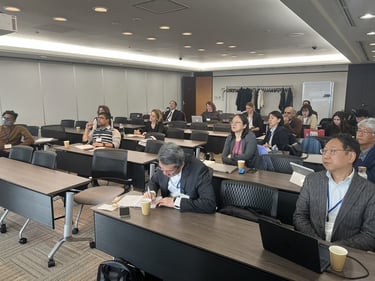

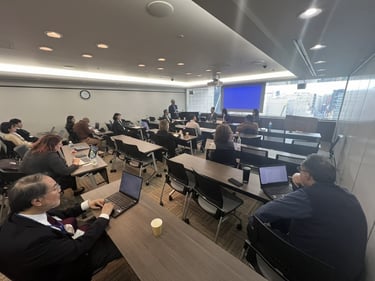

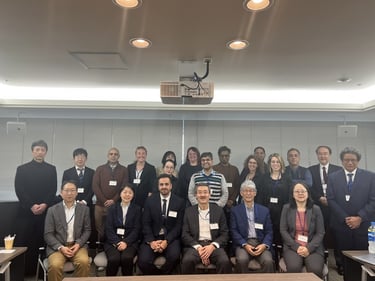
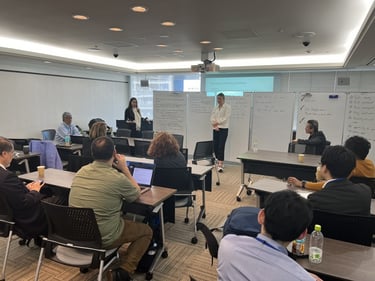
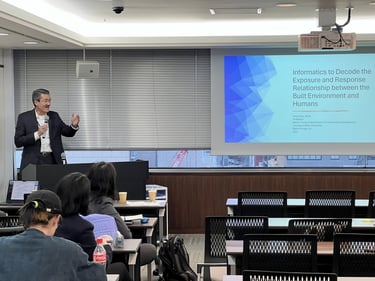
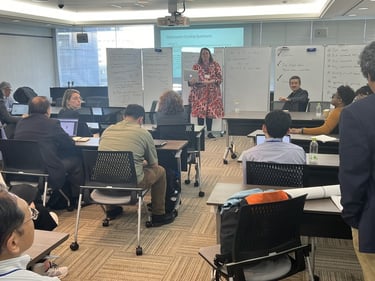








Photo Album
Acknowledgment
This study was funded by the U.S. National Science Foundation (NSF) under Grant No. 2401864.




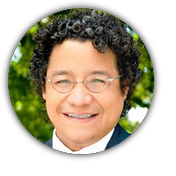







Poster Session
Students
Amanda Worthy, University of Washington (Poster)
Bethany A. Hager, Louisiana State University (Poster)
Harold Gamarro, The City College of New York (Poster)
Jennifer Gil, University of Puerto Rico Peidras Campus (Poster)
Wei Wang Naoki, Kyushu University (Poster)
Mojtana Purjam, Kyushu University (Poster)
Yezhan Li, Kyushu University (Poster)
Peng Zhao, Kyushu University (Poster)
Eliza Searles, Michigan State University (Poster)


















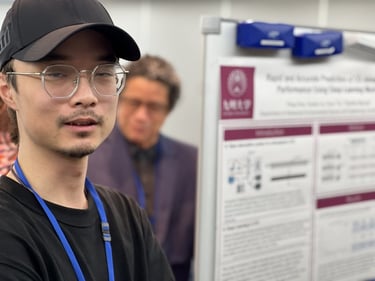
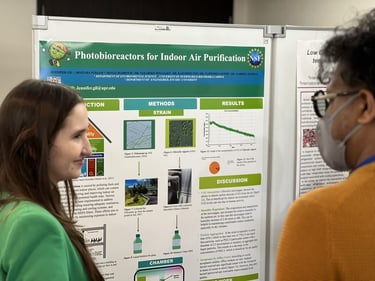
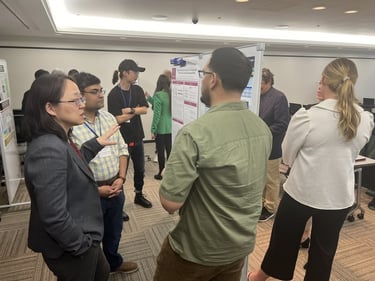
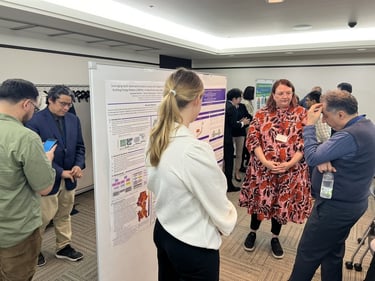
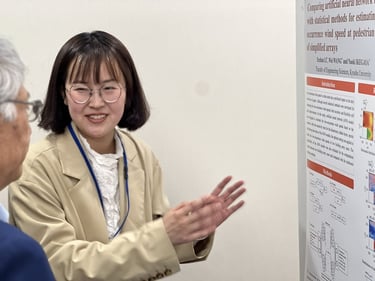
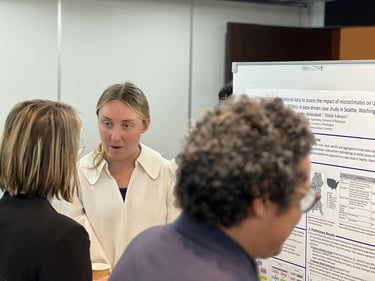
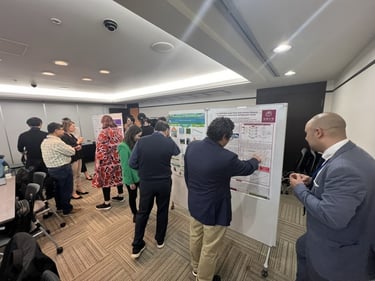
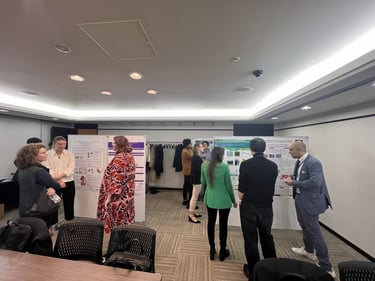
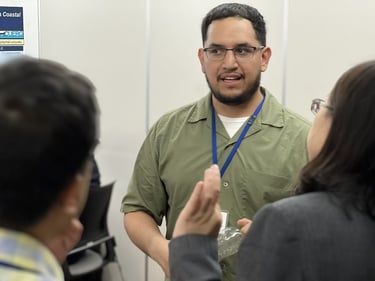
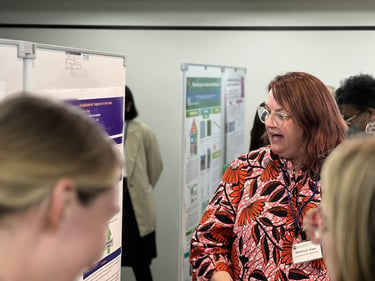
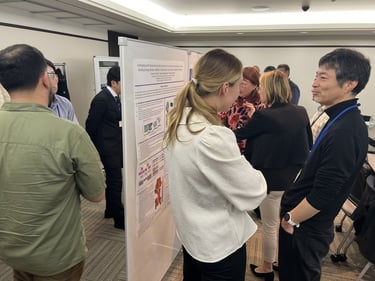
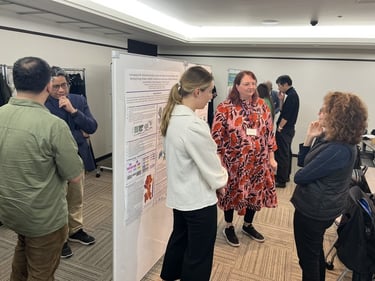
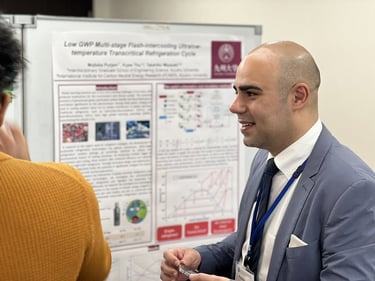
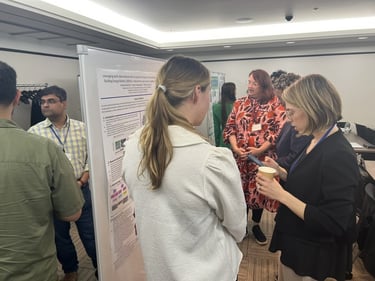
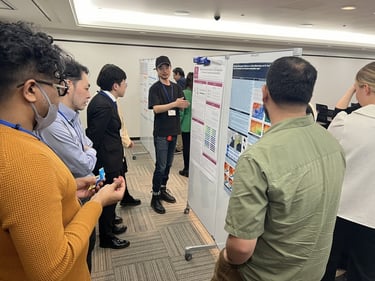
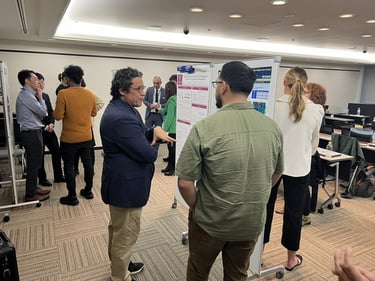
















OUTCOME
One of the outcomes of the workshop is the concept of the built environment exposome (BEE), depicting a relationship cutting across three systems, i.e., atmospheric & environmental, built environment, and human systems (Figure 1). The atmospheric & environmental system comprises elements relating to ambient/outdoor atmospheric and environmental conditions (e.g., temperature, humidity, wind, precipitation, and air quality) that also influence indoor environmental conditions. The built environment system, with a focus on buildings, includes their mechanical, electrical, and plumbing (MEP) systems, connected infrastructure (e.g., power, water, sanitary, communication systems, etc.), and surrounding man-made artifacts (e.g., green spaces). The human system refers to human responses (e.g., physiological, psychological, biological, behavioral, etc.) to environmental exposures and the societal structures (e.g., public health policies, healthcare access, etc.) that influence health outcomes.
